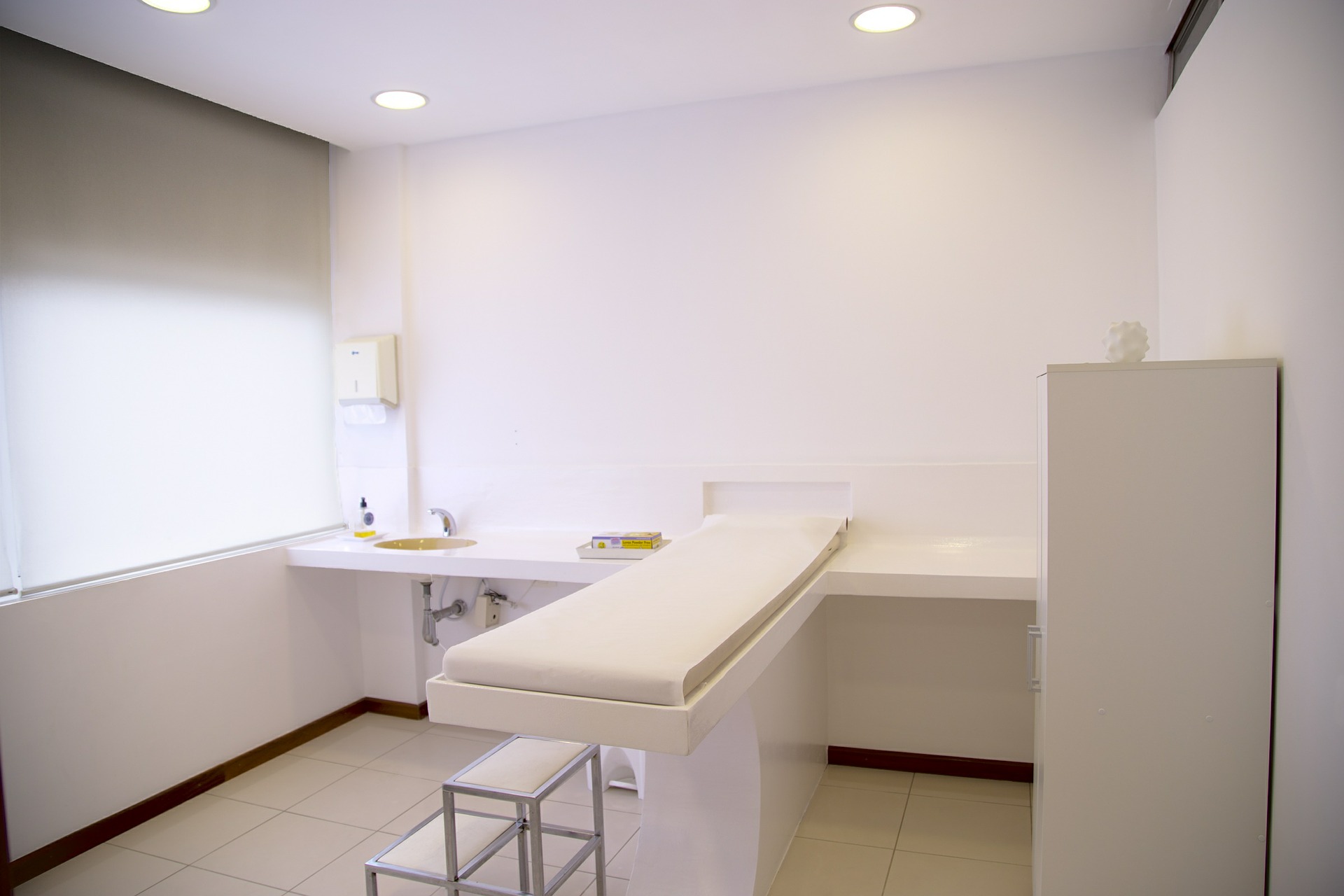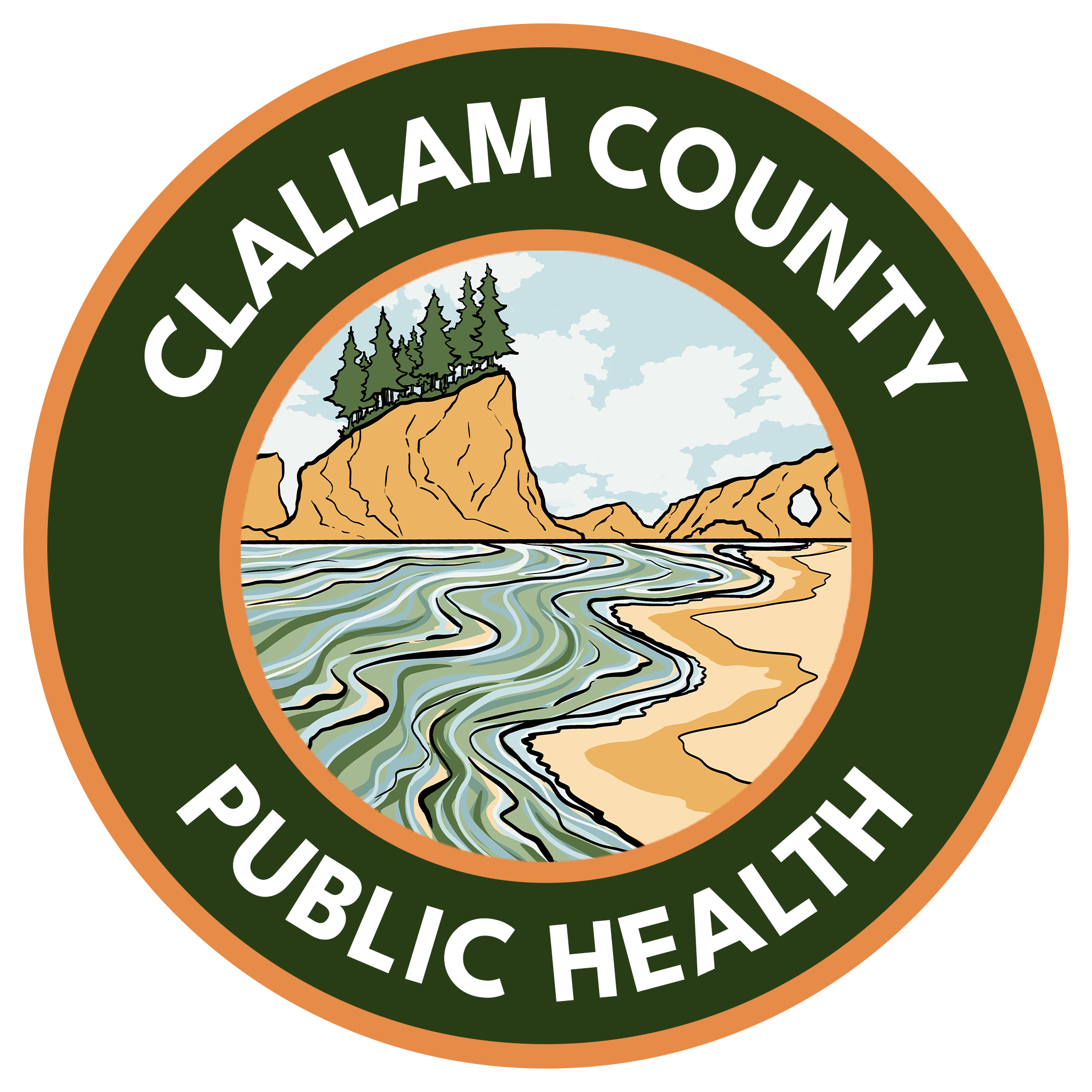
Standard Precaution
When to Use Standard Precautions
During all patient encounters—prevents the spread of bloodborne pathogens such as HIV, Hepatitis B and Hepatitis C.
Reason to Use Standard Precautions
Protects the healthcare worker from patient’s potentially contaminated body fluids and prevents the spread of disease to others.
Components of Standard Precautions
- Wash hands before and after contact with all patients.
- Wear gloves when exposure to body fluids is likely.
- Change gloves, wash hands and put on new gloves when gloves become contaminated.
- Wear masks and eye protection or face shields when splashing or splatter is likely.
- Wear gowns or protective aprons when personal clothing may become soiled.
- Clean (or dispose) patient care equipment with EPA-registered disinfectant between patients.
- Handle contaminated linen with gloves and avoid touching personal clothing.
- Bag soiled linen as close to the point of use as possible.
- Dispose of sharps according to facility policy, OSHA Bloodborne Pathogen Standard, and state and local regulations.
Contact Precaution
When to Use Contact Precautions
For patients infected with an antibiotic resistant microorganism (ARM) such as methicillin-resistant Staphylococcus aureus (MRSA) or vancomycin-resistant enterococci (VRE), patients with C. difficile, vesicular rashes, or major wounds with significant drainage.
Reason to Use Contact Precautions
Reduces the risk of transmitting the disease to the healthcare worker or having the healthcare worker serve as a vector for transmission to other patients.
Components of Contact Precautions Include Standard Precautions Plus
- Place patient in a private room or room with a patient with the same infection. If not possible, the roommate should NOT have open wounds, no invasive devices (such as tracheostomy, NG tube, IV line, Foley catheter) and should not be immunocompromised.
- Wear gloves at all times while in the room.
- Wear gloves whenever touching the patient or anything he or she has touched, such as bed rails.
- Do not touch clean environmental surfaces with contaminated gloves.
- Wash hands immediately after removing gloves and before leaving room.
- Do not touch potentially contaminated environmental surfaces or items with bare hands.
- Wear a gown when entering the room if your clothing
- may come in contact with the patient, environmental surfaces or items in the room, or if the patient is incontinent, has an ileostomy or colostomy, diarrhea, or wound drainage not contained by a dressing.
- Remove gown without touching the outside and place it in the proper container before leaving the room.
- Wear a mask if the patient has MRSA in the sputum or lungs and is coughing.
- Limit patient transport within the facility.
- Dedicate the use of non-critical equipment (such as stethoscope, blood pressure cuff and thermometer) to a single patient or group of patients with the same ARM.
- Clean and disinfect all equipment prior to use on another patient.
Airborne Precaution
When to Use Airborne Precautions
Use when the infectious agent is a small particle or aerosol that is capable of remaining suspended in the air for long periods of time. Examples include tuberculosis (TB), measles and varicella (including disseminated herpes zoster). Centers for Disease Control and Prevention believe that Sudden Acute Respiratory Syndrome (SARS) could be transmitted via the airborne route (in addition to the droplet route).
Reason to Use Airborne Precautions
- Reduces the risk of transmitting the disease to the healthcare worker or having the healthcare worker serve as a reservoir for transmission to others.
Components of Airborne Precautions Include Standard Precautions Plus
- Provide infected or colonized patients with private room (if private room unavailable, put patients with the same disease together).
- Use negative are-pressure ventilation (6-12 air exchanges per hour), with air externally exhausted or highly-efficient particulate air (HEPA) filtered, if re-circulated.
- Wear OSHA approved and fit tested respiratory protective devices (such as N95 respirator) for suspected or proven infectious pulmonary TB or SARS.
- Wear respirator and goggles or PAPR for SARS.
- Persons NOT immune to measles or varicella should not enter the room. Masks are not effective against measles or varicella.
Droplet Precaution
When to Use Droplet Precautions
When the infectious agent is known to be a large particle droplet generated by sneezing, coughing, talking, or during the performance of certain cough-inducing procedures such as suctioning, sputum induction or bronchoscopy. Examples include influenza, respiratory MRSA (which also requires contact precautions), rubella, meningococcal meningitis, mumps, respiratory syncytial virus (RSV—which also requires contact precautions) and pertussis. The World Health Organization recognizes the droplet route for Sudden Acute Respiratory Syndrome (SARS).
Reason to Use Droplet Precautions
Reduces the risk of transmitting the disease to the healthcare worker or having the healthcare worker serve as a reservoir for transmission to others.
Components of Droplet Precautions Include Standard Precautions Plus
- Provide infected or colonized patients with private room (if private room unavailable, put patients with the same disease together).
- Wear a mask if within three feet of the patient.
References
- American Academy of Pediatrics. (Chapter 2). In: Pickering LK, ed. “Red Book: 2003 Report of the Committee on Infectious Diseases”. 26th ed. Elk Grove Village, IL.
- Tacoma-Pierce County Antibiotic Resistance Task Force. “Controlling Antibiotic Resistance: A Practical Guide for Health Care Providers, Schools, Residential & Correctional Facilities, Dentists & Veterinarians.” January 2002.
